Fire Science Experiment & Lesson – Teach About How Humans Use & Control Fire
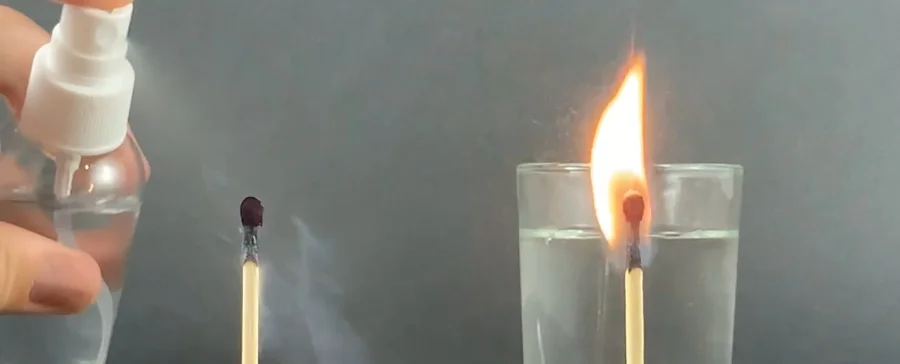
Have your learners expressed an interest in fire? It’s no surprise if they have! Fire is something that humans evolved with, and something that sets us apart from the rest of the animal kingdom. One way to build on your learners’ curiosity is with a lesson about how humans discovered fire, and an exciting fire science experiment that ties into that lesson.
Table of Contents
- Pre-Lesson Questions
- The Lesson: How Did Humans Discover Fire?
- The History of Fire on Earth
- The Fire Science Experiment: How to Put a Fire Out
- More Fire Science Experiments
- Try Montessori Laboratory’s Hands-on Science Lessons for Free
Pre-Lesson Questions
These questions are sure to strike up conversation and spark interest in the lesson to come. They will also make it so the fire science experiment you show your learners is part of a bigger learning experience, and not just a cool trick!
- “Have you ever seen a fire? Where was it?”
- “What are some things you noticed about it? Think about your 5 senses.”
- “Do you know what fire is made out of?”
- “What are some of the ways we use fire?”
The Lesson: How Did Humans Discover Fire?
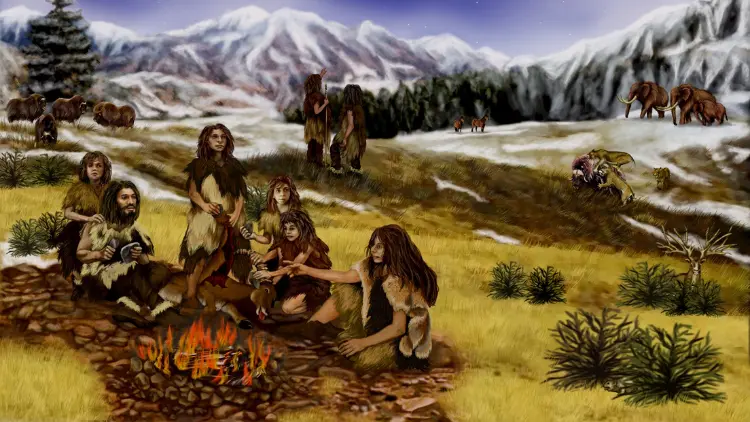
How Did Humans Discover Fire? is part of a series of lessons we’re calling the “Montessori-Aligned STEM Lessons Beyond the Albums.” These topics take the Montessori approach of teaching through stories and encouraging experiential learning through hands-on exploration. They build on the concepts introduced in the Great Lessons to give children an understanding of scientific concepts as they apply in the real world.
This one ties the Third Great Lesson and the history of humans into the chemistry of combustion.
Early humans started using and controlling fire over 400,000 years ago. It is considered one of the earliest human uses of chemistry. Despite its commonality in modern society, children still have lots of questions about it:
- What is fire?
- What is it made out of?
- How do you start a fire?
- How do you put one out?
- How did humans discover fire in the first place?
This lesson answers all of these questions in a story that weaves between fire demonstrations (like the fire science experiment we’ll explain below), historical events having to do with fire, and other occurrences we think may have happened based on what we know about both fire and human history.
Before we jump into the fire science experiment part, let’s do a quick review of what we know about the history of fire.
The History of Fire on Earth
We’re not sure exactly when the first fire on Earth was, and we’re still not entirely sure when humans started using it either, but scientists have found some clues that paint a good overall picture of the timeline.
Clue #1 (420 MYA): Charcoal in the Fossil Record

One of the biggest clues they’ve found is charcoal in the fossil record that is 420 million years old. The charcoal they found is partially burnt wood that a fire left behind. Scientists haven’t found any charcoal older than that, so they think that was probably the first fire.
Clue #2 (345 MYA): Presence of the Elements in the Fire Triangle
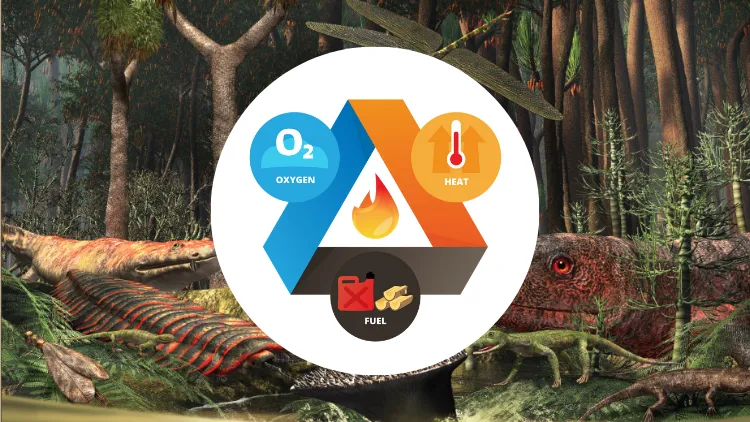
This clue has to do with the three things a fire needs to start: oxygen, fuel (the thing that burns), and an ignition source (to spark the fire). We call those three elements the fire triangle. At different times in the past, Earth had more or less of those things than we do today.
Back when Earth first came to be, there was not enough oxygen on the planet to even start a fire. There also weren’t enough plants that could be used as fuel to make big fires. As time went on though, there were more plants AND more oxygen.
345 million years ago, during the Carboniferous Period, there was even more oxygen than there is today, and there was a ton of plant life. Scientists think that this is when wildfires as we know them today started happening.
Clue #3 (1.5-20 MYA): The Spread of Wild Grasses
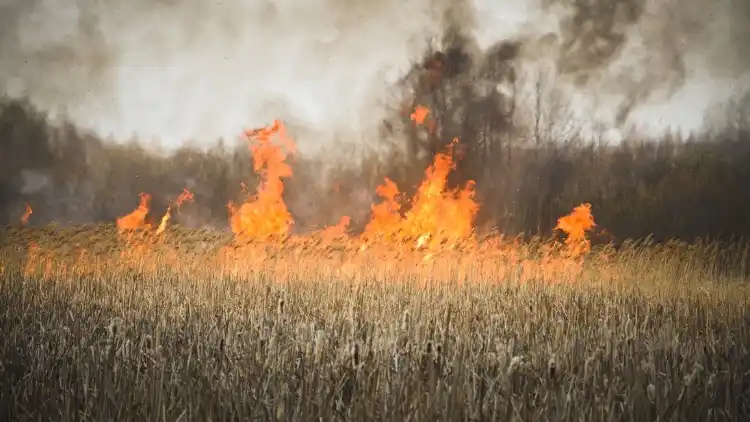
The spread of wild grasses that formed savannas likely had a lot to do with humans discovering fire. Scientists believe that wildfires played an important role in how humans survived. Wildfires prevented the savanna grasses from turning into scrub and forests, both of which would have affected humans and wildlife.
Scientists believe that early humans’ first control over fire may have happened by accident. More than 1.5 million years ago, early humans may have added fuel to an existing fire to keep it going. The fire would have been helpful in running off predators, while the smoke may have kept bugs away.
Clue #4 (800,000 years ago): Fire Starting Tools
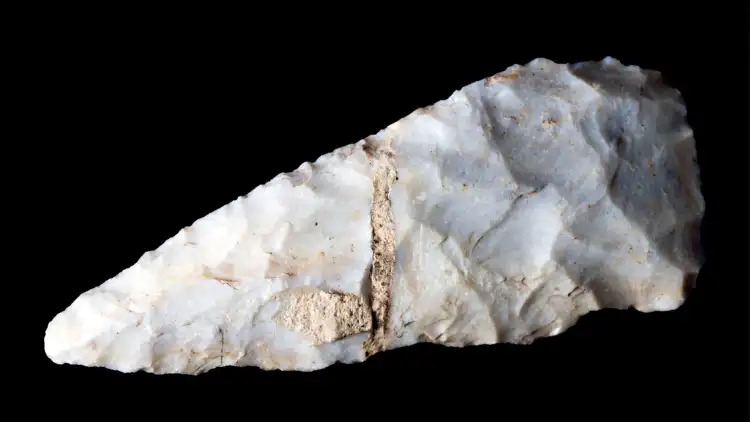
Humans are known for using tools, and early humans used flint tools to start fires. Scientists recently found what they believe to be evidence of flint tools that were used to start a fire 800,000 years ago. That would be the oldest evidence on record of humans intentionally using fire.
Clue #5 (400,000 years ago): A Hearth
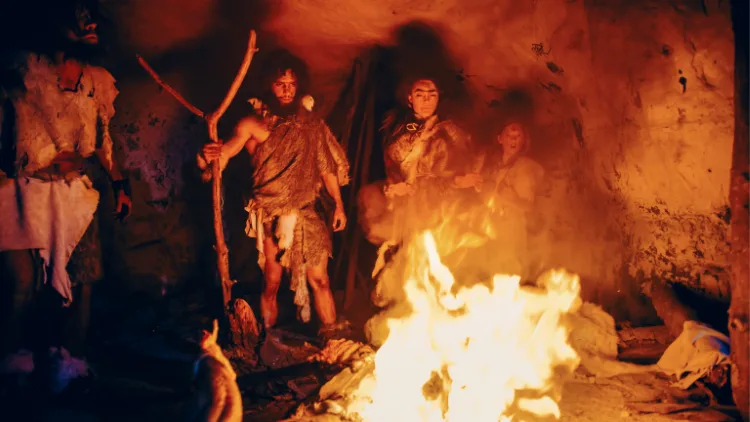
The oldest evidence of human ancestors using fire that they are absolutely sure about is a hearth inside Qesem Cave in Israel. A hearth is like a fireplace, and this particular fireplace is about 400,000 years old.
As you can see, the exact timeline of when fire first appeared on Earth and when it was first discovered by humans is still being investigated. What is really cool though, it that the clues that helped us create the timeline can also help us understand how fire may have first appeared and how humans may have started to use it.
The Fire Science Experiment: How to Put a Fire Out
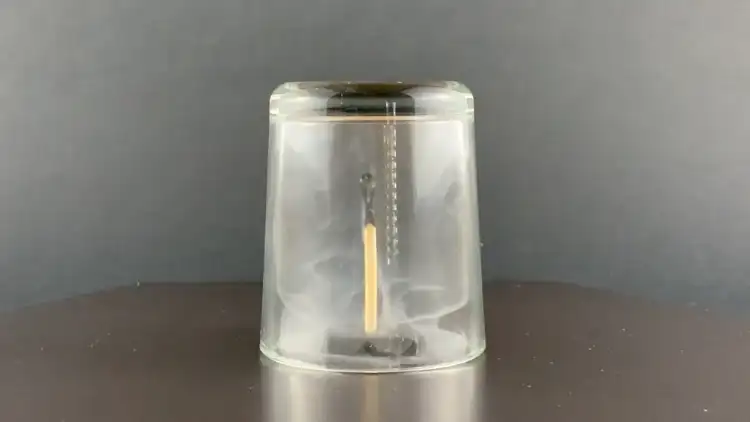
This experiment is designed to give a kinesthetic understanding of how humans may have been able to control fire without knowing much about it. Before humans actually started any fires, they probably learned how to put them out. In this experiment, you’ll be putting fires out by taking away different elements of the fire triangle that you learned about in the lesson.
For the How to Put a Fire Out experiment, you’ll need four matches (have extras on hand), water, and two glasses. You’ll be timing how long it takes for each of the four matches to stop burning. For the first match, light it and let it burn. For the second match, light it and drop it in a cup of water. For the third match, light it and cover it with a glass. And for the fourth match, break it in half before lighting it and let it burn.
This is a great way to watch the three things you need for a fire in action and see how removing just one will extinguish the fire. It also ties in with the demonstrations from the lesson, and shows exactly how humans can control fire by altering the elements in the fire triangle.
More Fire Science Experiments
If your learners are full of excitement after this lesson and want to see another fire science experiment, you can show them one of these:
Jumping Flames
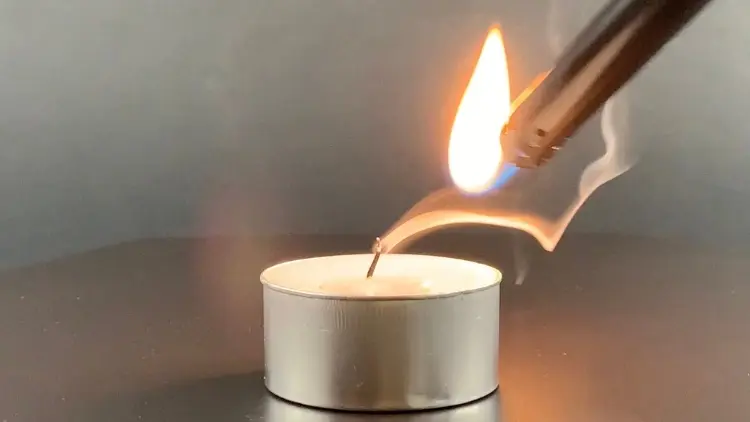
The goal of this experiment is to get a flame to “jump” from a lighter to a candle wick without touching the wick. By the end of the experiment, your learners will know how candles use wax as fuel and what smoke is made of.
Make Your Own Fire Extinguisher

In How to Put a Fire Out, you used fire extinguishing methods that early humans probably had available – at least similar ones. In modern day though, we have new ways of doing it. Try this experiment where you’ll make the gas that’s found in fire extinguishers, and then use it to put a fire out.
Can Metal Burn?
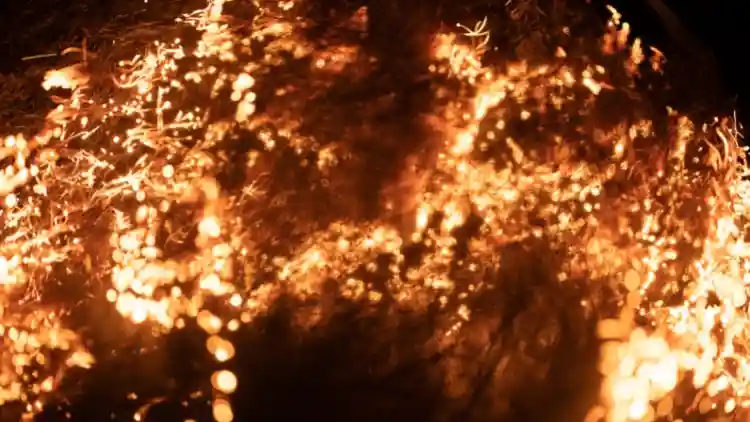
In every other fire science experiment we listed, the fuel for the fire is either wood or wax – both materials that came from once living things. In this one, the fuel is metal. Will it work? See for yourself!
Any fire experiment is likely to be a hit for young learners, but making sure to turn those experiments into robust learning experiences is an important part of learning about and learning how to respect fire – one of humans’ greatest tools.
Try Montessori Laboratory’s Hands-on Science Lessons for Free
Are you interested in seeing what Montessori Laboratory’s big-picture lessons, hands-on experiments, and engaging science activities are all about? Check out the free lessons below!
The First Great Lesson
Where did the stars come from? And the Sun? How was our Earth created? And what about the rest of…
Combining and Separating
Why does sand settle to the bottom of the ocean, but salt mixes in? How do people get sea salt out…
How Did Humans Discover Fire?
When did we start using fire? What 3 components does fire need to burn?
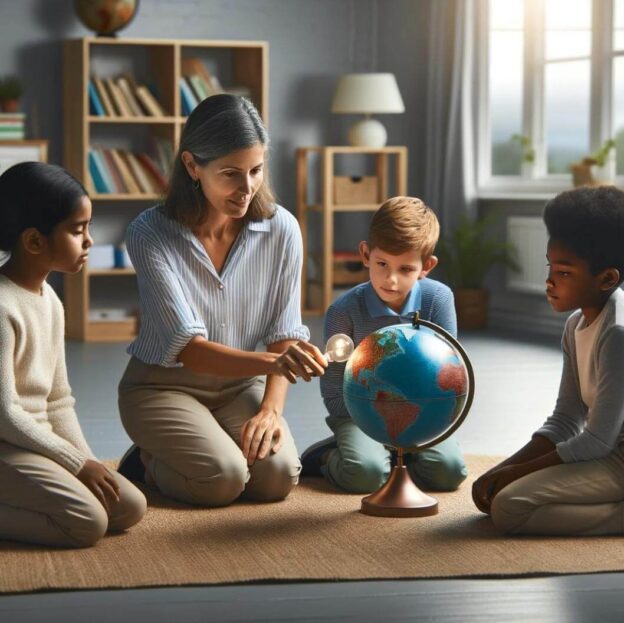
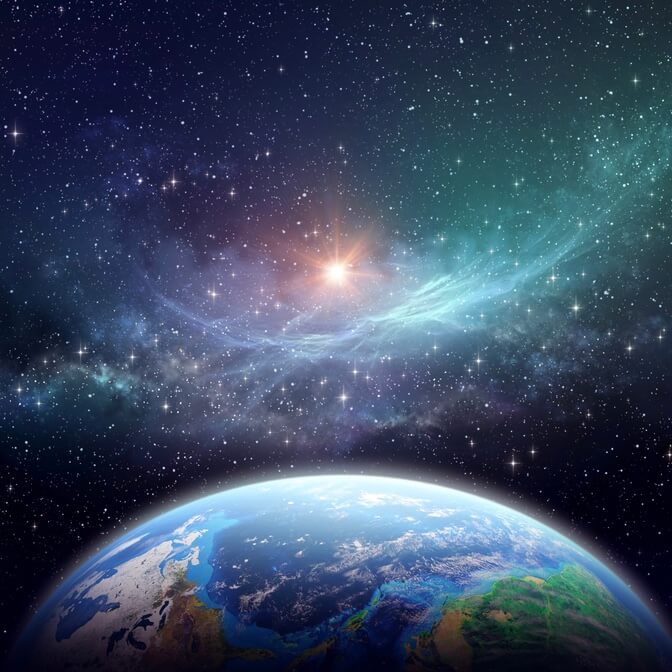

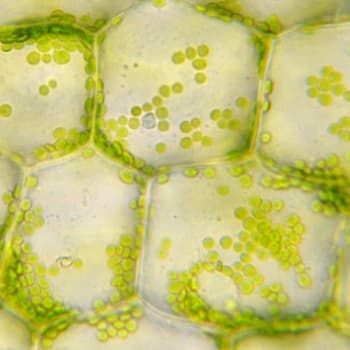

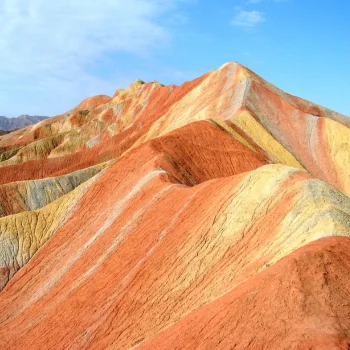
Responses